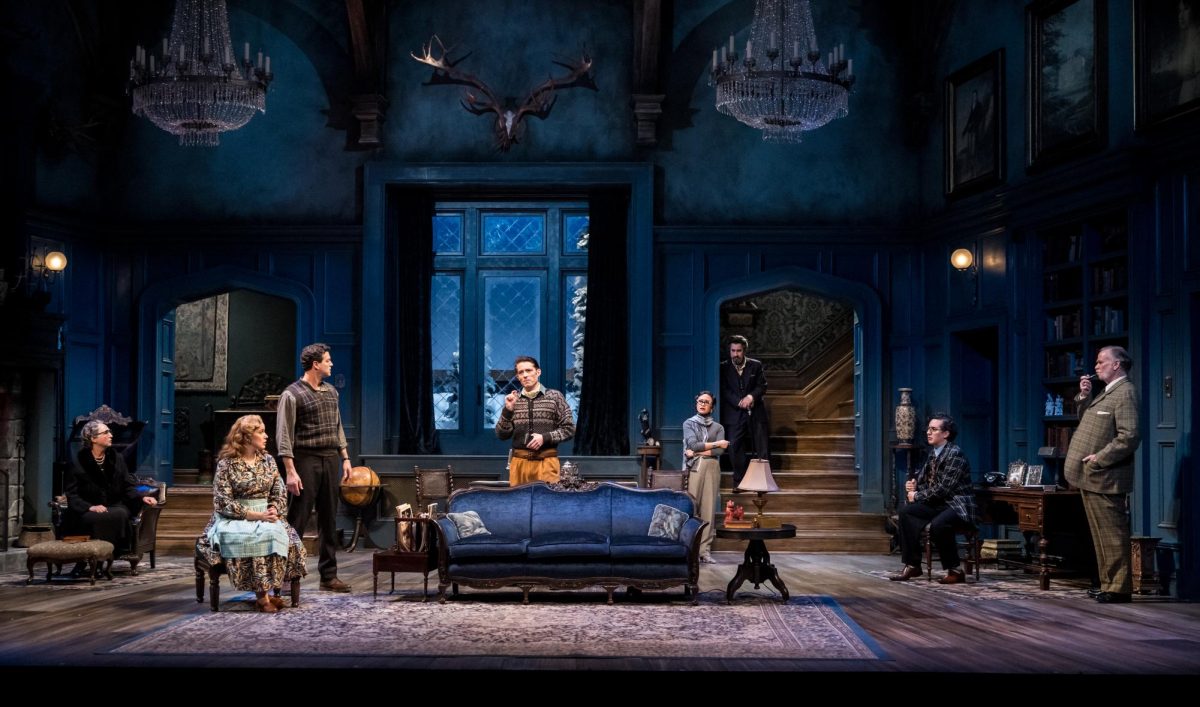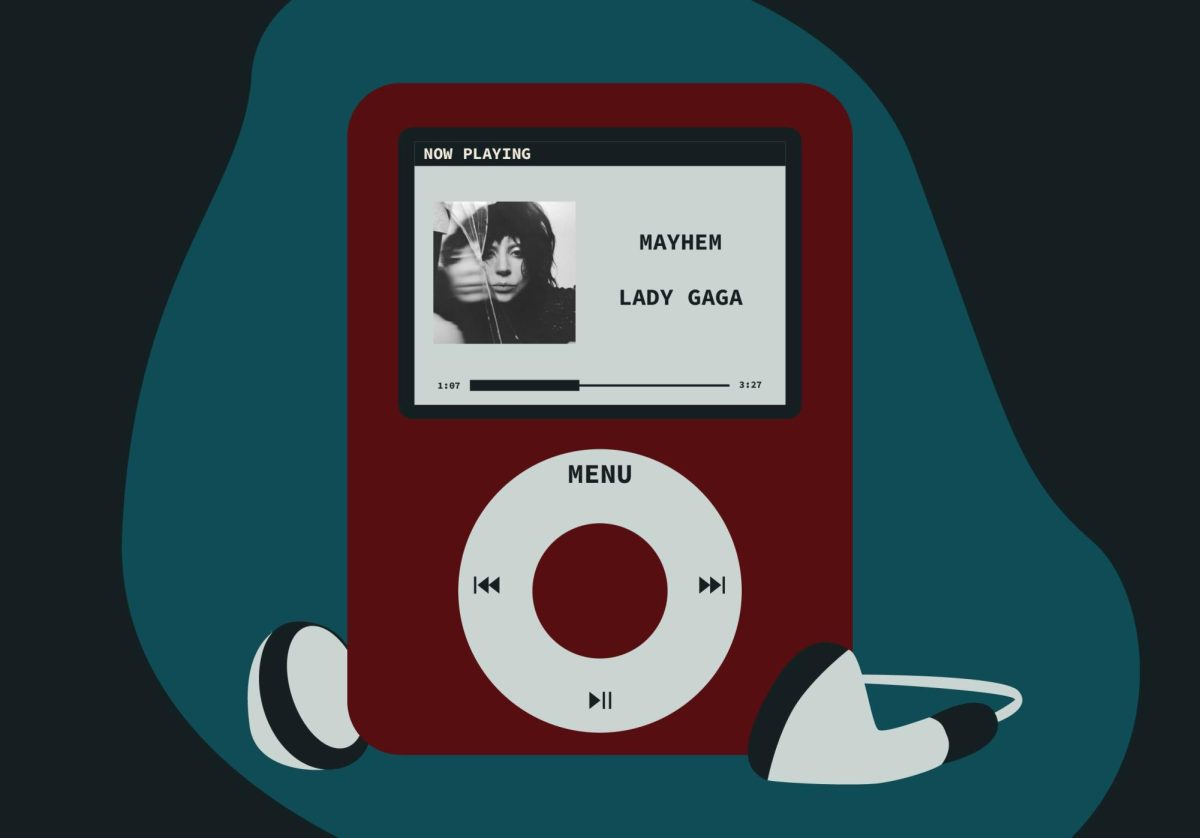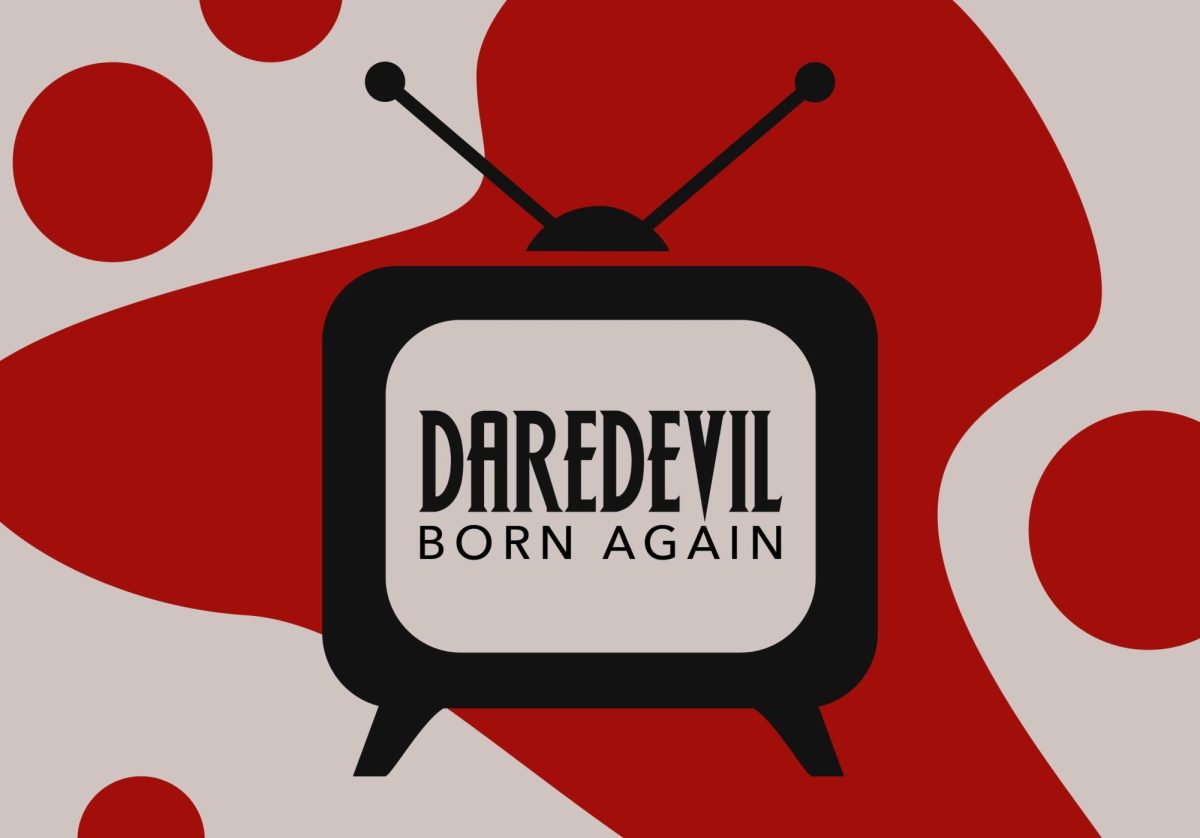It was 20 years ago this month that William Gibson changed the world of science fiction with his first novel, “Neuromancer.”
Gibson brought the relatively new genre of cyberpunk to the world with his book, and the world seems to have reciprocated by becoming more cyberpunk every year since.
“Neuromancer” was not the first cyberpunk novel – that honor arguably belongs to John Brunner’s 1975 work “The Shockwave Rider.” But in popularizing the genre, Gibson swept away the dismal detritus of Golden Age pulp, sappy space operas and hack shoot-’em-ups.
Cyberpunk is harder to define now than when it gelled out of a mixture of 1960s Hard SF and 1970s malaise. Broadly, it concerns the effect of information technology on people and society, with an emphasis on how marginal types manage to survive in a world that is increasingly networked and monitored. There is also paranoia, fascination with subcultures, hyper-detailed descriptions of ephemera and a willingness to challenge cherished conventions of science-fiction writing.
Coming forth when it did, cyberpunk seems to owe as much to George Orwell as to Phillip K. Dick. But “Neuromancer” in particular reads as if it could have come from the pen of a slightly less-dysfunctional William S. Burroughs. “Junkie,” Burroughs’ first novel, could well have been the model for Gibson’s descriptions of his hero Case, a strung-out hacker who gets caught up in a world-changing adventure.
The “Neuromancer” character who made the most impact however, is not Case, but Molly, the only one to appear in the other two novels in the “Sprawl” trilogy, “Count Zero” and “Mona Lisa Overdrive.” Molly is a hotshot bodyguard/mercenary, the baddest of the bad. She has permanent mirrored lenses covering her eyes, an enhanced nervous system and most importantly, razor-sharp metal claws extending from beneath her fingernails. Gibson didn’t invent the basic concept of a clawed human, but his use of the idea is more clever and more disturbing than most of the other iterations.
In our current age of hackers and hired killers ascendant, Gibson seems like one of the most prescient SF writers since Jules Verne. But the real magic of “Neuromancer,” that makes it more than just a catalog of cool ideas, is Gibson’s way of making the amazing seem melancholy. Unlike futures past, Gibson’s vision bespeaks a deep understanding of where we are today.







